The Dead Bug is a wonderful bodyweight exercise that is ideal for building core strength, balance and stability. The dead bug is also one of the top rehab exercises used to treat back pain. This article will teach you what the dead bug exercise is, what it does, how to do the exercise with perfect form, and it will give you some variations if the exercise as well.
Table of Contents
What is the Dead Bug
The Dead Bug is a great exercise that can be used as a rehab technique for lower back pain. The exercise avoids spinal flexion and keeps the lower back in a safe and neutral position while building a solid core at the same time. The dead bug can also be used to build spinal stability and core strength even if you don’t have any current back pain. This exercise can help rehab lower back pain, prevent future injuries and build a strong and stable core that aids in many other types of exercise or activities of daily living. Read on to learn how to properly perform the Dead Bug.
How to do a Dead Bug:
- Begin by lying on the floor facing up in a supine position (on your back).
- Tilt your pelvis posterior. This will decrease the arch in your lower back so that your lumbar spine is in contact with the floor.
- Be sure that the back of your skull remains in contact with the floor for the duration of the exercise, this will prevent any strain on the neck.
- Elevate your left leg and right arm. (I like to hold a small foam roller between the leg and arm to enhance muscular activation, as shown in the video.)
- Lay your right leg flat on the floor and your left arm flat and straight out overhead.
- Take a deep breath in. Feel your diaphragm descend and your lungs fill.
- Brace your core as if someone is about to step onto your stomach.
- Begin elevating your right leg and left arm as if to bring them together.
- Return the right leg and left arm to the starting position.
- This is one repetition.
- After you perform your repetitions on this side, be sure to switch and perform repetitions on the opposite side as well.
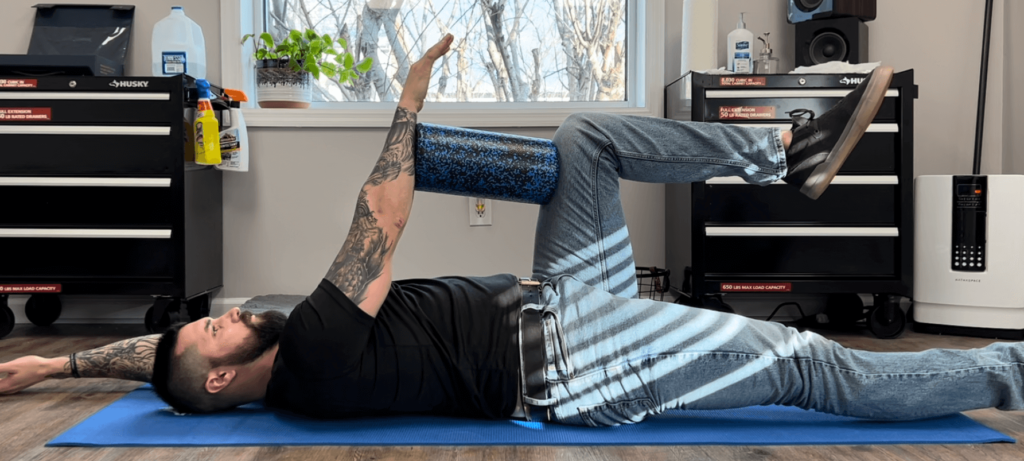
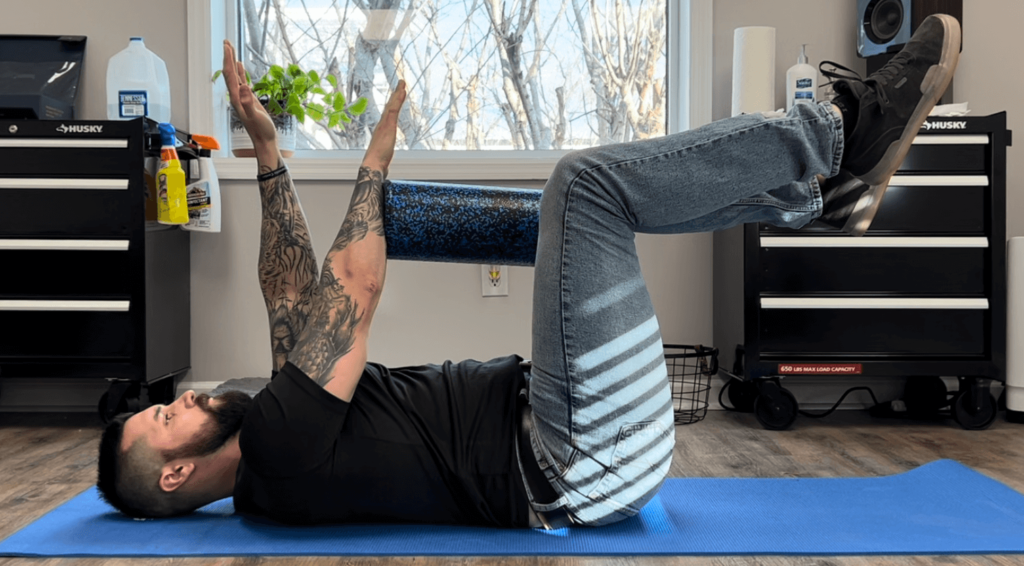
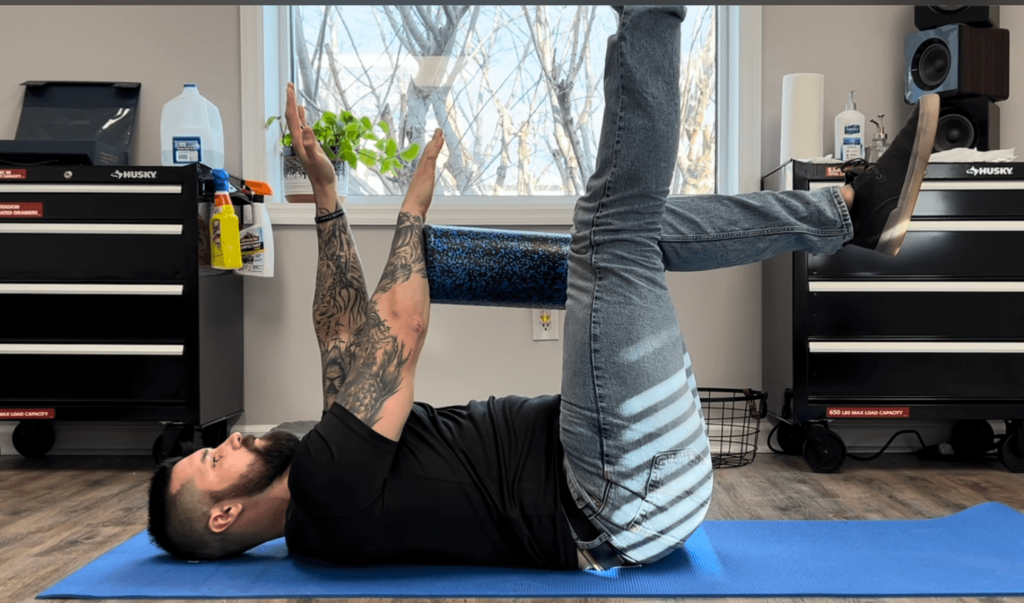
How often should you perform this exercise?
This exercise can be performed for the typical set and rep ranges of 3 working sets of 5-12 repetitions. However, if you feel fatigued at any point and you can not proceed to perform a repetition with perfect form. STOP. Every repetition should be performed with perfect form, especially if you are performing this exercise as a rehab technique for lower back pain. Performing any exercise with incorrect form because of lack of training or fatigue can result in injury and should be avoided at all costs.
How to make the Dead Bug easier?
- Decrease the range of motion of the moving arm and leg.
- Perform the exercise by only moving the arm.
- Perform the exercise by only moving the leg
- Slide the arm, leg or both instead of lifting them.
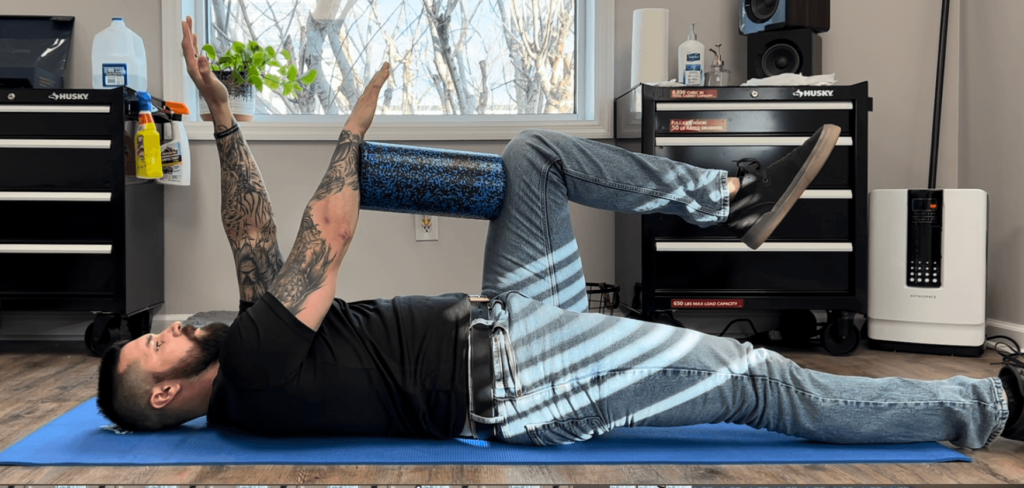
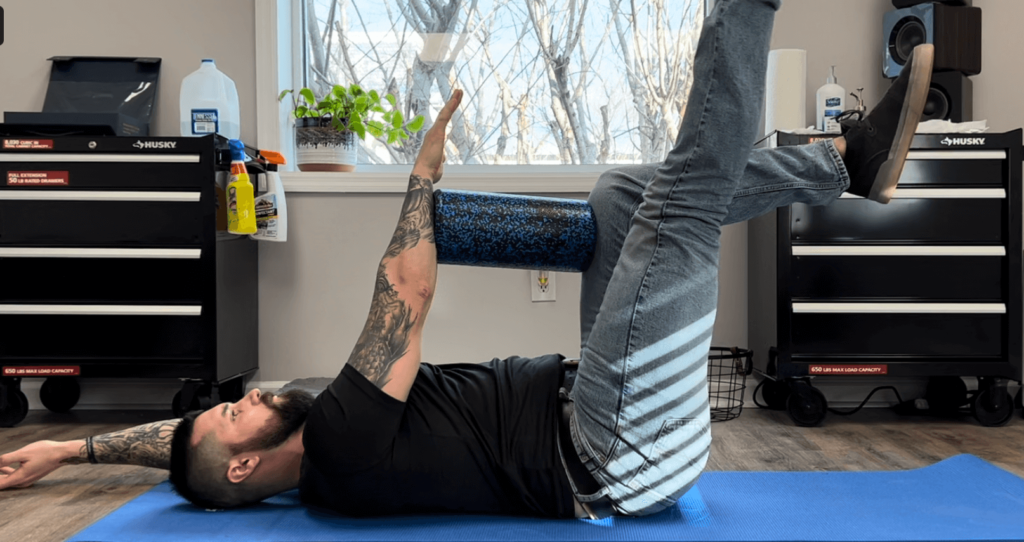
How to make the Dead Bug more difficult?
- Add weight to the moving arm, leg or both.
- Use isometric contraction. Place the leg and arm that your would move under a stable object. (ex. table legs, chair, bed frame)
- Use the foam roller as shown in the video to enhance core contraction.
Benefits and Safety:
The Dead Bug is a safe and effective way to prevent back pain as well as relieve lower back pain. It is a great exercise to build core strength and stability. The core is the bodies natural weight belt and provides protection to the spinal discs. By building a strong core your body can naturally prevent spinal injuries that occur during improper lifting and exercise technique, car accidents, slips and falls, and many other aspects of normal life. The Dead Bug is a very safe way to train the core because it takes out all the spinal bending that most abdominal exercises involve. Spinal bending, especially when loaded, can cause injury in and of itself. During the dead bug exercise, the spine remains neutral and remains in a fixed position, making this a great rehab exercise for individuals that are currently suffering from a lower back injury.
Dead Bug Muscles Worked
- Rectus abdominis
- Rectus femoris
- Transverse Abdominis
- Pelvic Floor
- Diaphragm
- Erector Spinae
- Obliques
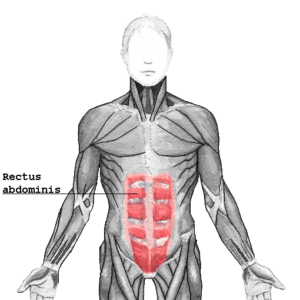
The Dead Bug – A Bug we can learn to love!
In closing, the Dead Bug is a safe and effective prehab and rehab drill for spinal stability, core strengthening, and lower back pain. However, you should always be sure to consult with a trained healthcare professional if you are suffering from an injury and before starting any exercise or rehab routine.





Very helpful video with helpful instructions. Thank you for the helpful post.
I am so glad you appreciated it.